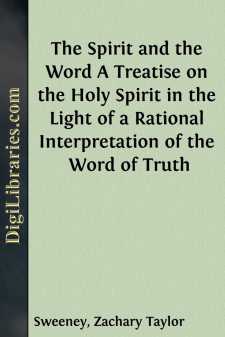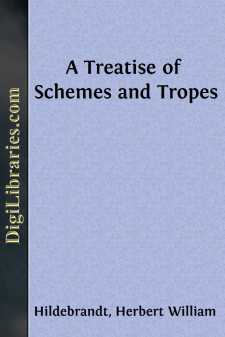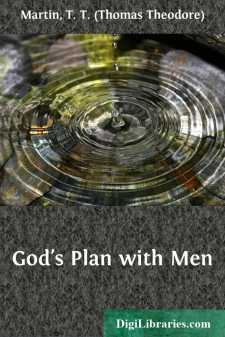Non-Classifiable
- Non-Classifiable 1768
Non-Classifiable Books
Sort by:
by:
Felix Adler
The Essentials of Spirituality The first essential is an awakening, a sense of the absence of spirituality, the realized need of giving to our lives a new and higher quality; first there must be the hunger before there can be the satisfaction. Similar effects are often produced by widely differing processes. In the psychical world that quality which we call spirituality may be associated with and...
more...
by:
John Masefield
CHAPTER I DRAKE'S VOYAGE TO THE WEST INDIES His quarrel with the Spaniards—His preliminary raids—His landfall—The secret harbour Francis Drake, the first Englishman to make himself "redoubtable to the Spaniards" on the Spanish Main, was born near Tavistock about the year 1545. He was sent to sea, as a lad, aboard a Channel coaster engaged in trade with the eastern counties, France...
more...
BLOOMINGDALE HOSPITAL CENTENARY The One Hundredth Anniversary of the establishment of Bloomingdale Hospital as a separate department for mental diseases of The Society of the New York Hospital was celebrated at the Hospital at White Plains on Thursday, May 26, 1921. The addresses were given in the Assembly Hall. Mr. Edward W. Sheldon, the President of the Society, acted as Chairman. MORNING SESSION The...
more...
by:
Richard Aldrich
MY PURPOSE My purpose is to discuss simply, intelligibly, yet from a scientific point of view, the sensations known to us in singing, and exactly ascertained in my experience, by the expressions "singing open," "covered," "dark," "nasal," "in the head," or "in the neck," "forward," or "back." These expressions correspond to our sensations...
more...
by:
Robert Fitzroy
PREFACE. Many persons have advocated placing barometers at exposed fishing villages; and the Board of Trade has sanctioned the principle of some assistance by Government to a limited extent, depending on the necessity of each case, and other contingencies, such as the care, publicity, and setting of the barometers. It was thought advisable to substitute a few words on the scales of these instruments in...
more...
INTRODUCTION Christianity is differentiated from all the other religions by the fact that it offers its followers a spiritual dynamic in living up to its precepts. That dynamic is the Holy Spirit, that sets the word of God on fire, warms the church from coldness to enthusiasm, and strengthens the Christian with a power not his own in the great battle between the flesh and the spirit. Christianity is...
more...
The Roman Empire in the first century presents the most revolting picture of mankind to be found in the pages of history. Society founded on superior force, on the most barbarous cruelty, on crime and mad profligacy, was corrupt beyond the power of words to describe. Rome ruled the world, but was also its ulcer, and the horrible monster, Nero, guilty of all hideous and revolting crimes, seems a fit...
more...
INTRODUCTION Richard Sherry’s A Treatise of Schemes and Tropes (1550), a familiar work of the Renaissance, is primarily thought of as a sixteenth-century English textbook on the figures. Yet it is also a mirror of one variation of rhetoric which came to be called the rhetoric of style. As a representative of this stylistic school, it offers little that is new to the third part of classical rhetoric....
more...
INTRODUCTION "Come now and let us reason together, saith the Lord."—Isaiah. "If any man willeth to do his will, he shall know of the teaching, whether it is of God, or whether I speak from my self."—Jesus. "And ye shall seek me and find me when ye shall search for me with all your heart."—Jeremiah. "Then shall we know if we follow on to know the Lord."—Hosea....
more...
A hygiene that claims to be new and of the greatest practicality, and certainly revolutionary in its application, would seem to require something of its origin and development to excite the interest of the intelligent reader. Methods in health culture are about as numerous as the individuals who find some method necessary for the health: taking something, doing something for the health is the burden of...
more...





![How to Sing
[Meine Gesangskunst]](https://digilibraries-com.s3.eu-central-1.amazonaws.com/covers/ce5d735a-24bd-4e45-bc59-b94dfd4cd5fa.jpg)





